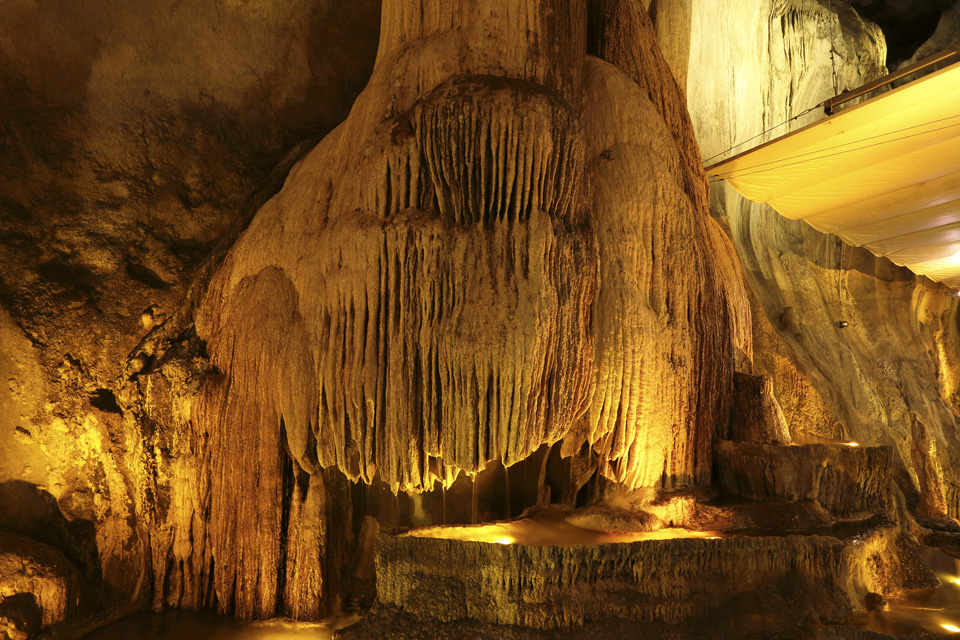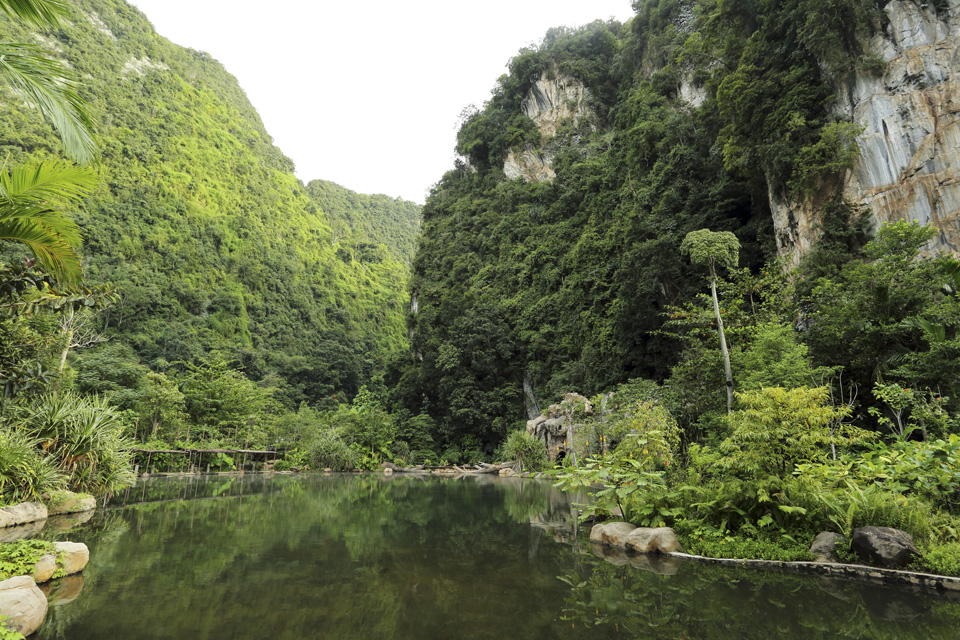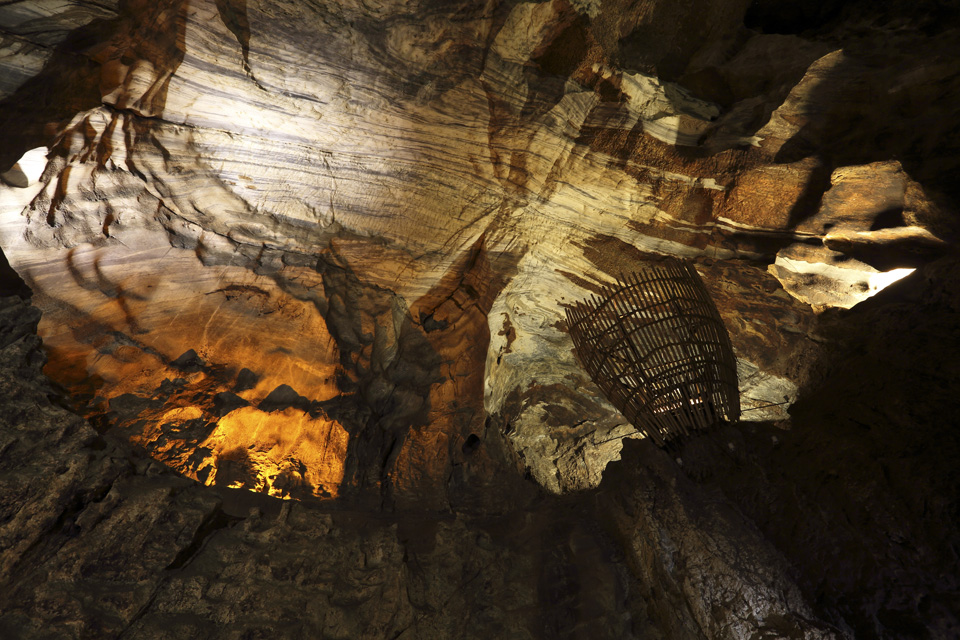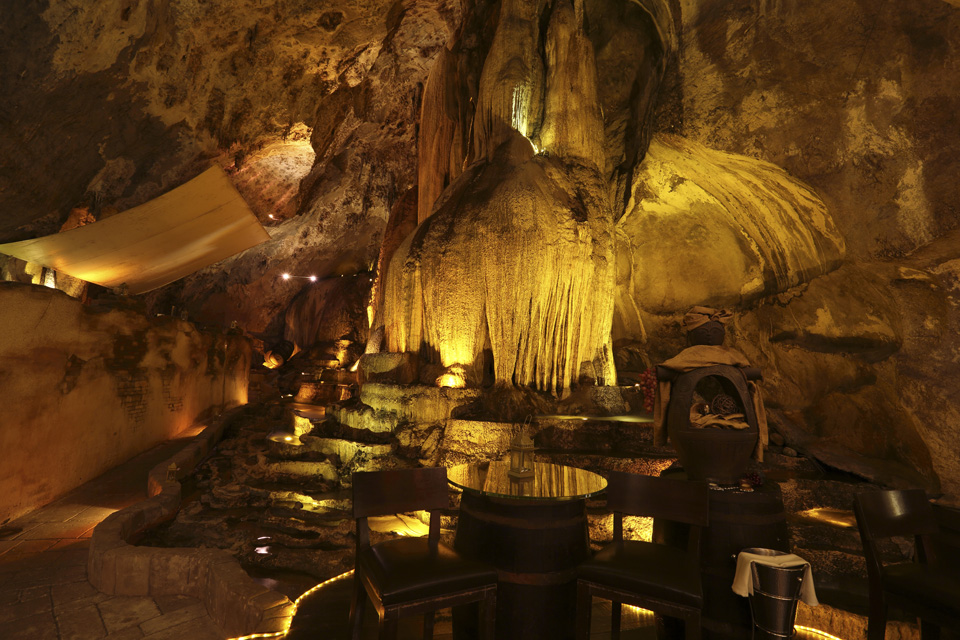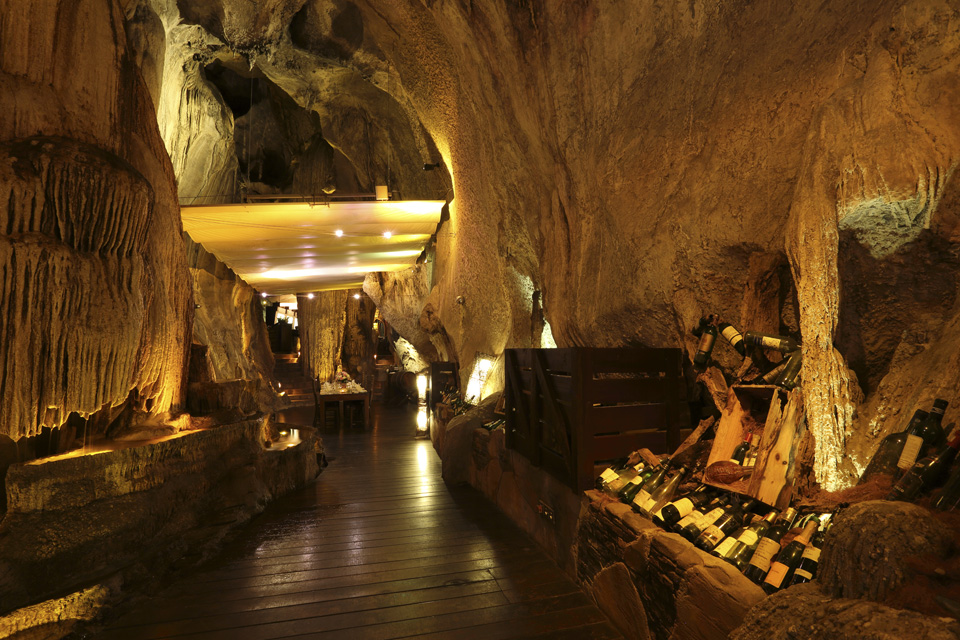
Stuart Forster is an award-winning travel photojournalist from the UK. Here are his tips for how to get the best photos when travelling through Malaysia.
Most people tend to favour photography in fine weather, clicking their pictures while the sun shines. By comparison, photographing in low light can prove challenging yet can yield impressive results.
Several of Malaysia’s many limestone caves are the home to dramatic, photogenic rock formations that lend themselves well to photography. Stalactites hang like stone icicles and stalagmites thrust upwards where, over centuries, minerals have been deposited underground in droplets of water.
You can see examples of such formations within the 260 million year old caves at the Banjaran Hotsprings Retreat, a chic wellness spa with geothermally heated water, a two-hour drive north of Kuala Lumpur.
Don’t forget to look up
The resort’s vast, subtly lit meditation cave features wooden decking and walkways that might make you think of a bad guy’s lair from a James Bond movie. As a photographer you should never forget to look upwards when you’re out and about—most adults fail to do that and consequently miss good photo opportunities. The stratification and texture of the cavern’s ceiling makes for interesting images.
Pay attention to lighting and exposure
Many people use their flash in low light. That’s good for lighting up faces and foreground details but less effective for capturing details in a large, relatively dark cave. If lighting is subtle, as it is in Jeff’s Cellar, a flash can also kill the mood if it’s not used creatively.
Exposures can’t be handheld beyond a fraction of a second without introducing camera shake. Digital cameras and many smart phones allow you to bump up your ISO, which increases the sensors sensitivity to light. Each doubling of the ISO halves the exposure time. You can find cameras whose ISO can be pushed to 32,000. The downside of using a very high ISO setting is that the photo tends to look far grainier than when using a low ISO.
Keep your camera steady
That’s why professional photographers tend to use a tripod when photographing in low light and keep the ISO low. Long exposures need a steady base and, for obvious reasons,
Tripods come in a variety of shapes and sizes. They don’t have to be expensive and will prove a good investment if you enjoy low light photography. They also come in handy when photographing interiors and for depth of field in landscapes.
Of course, you could always improvise to create a stable base for your photos. If you don’t have a tripod you might be able to make do with a table or ledge and elevate your camera with your wallet or other items that happen to be at hand.
If you have an image stabiliser, remember to switch it off when you are photographing long exposures. Why? Image stabilisers actually introduce blur when they are used in long exposures.
The setting of the sun doesn’t necessarily mean you have to pack away your camera for the day. Why not try low light photography next time you’re on the road?
"ExpatGo welcomes and encourages comments, input, and divergent opinions. However, we kindly request that you use suitable language in your comments, and refrain from any sort of personal attack, hate speech, or disparaging rhetoric. Comments not in line with this are subject to removal from the site. "

